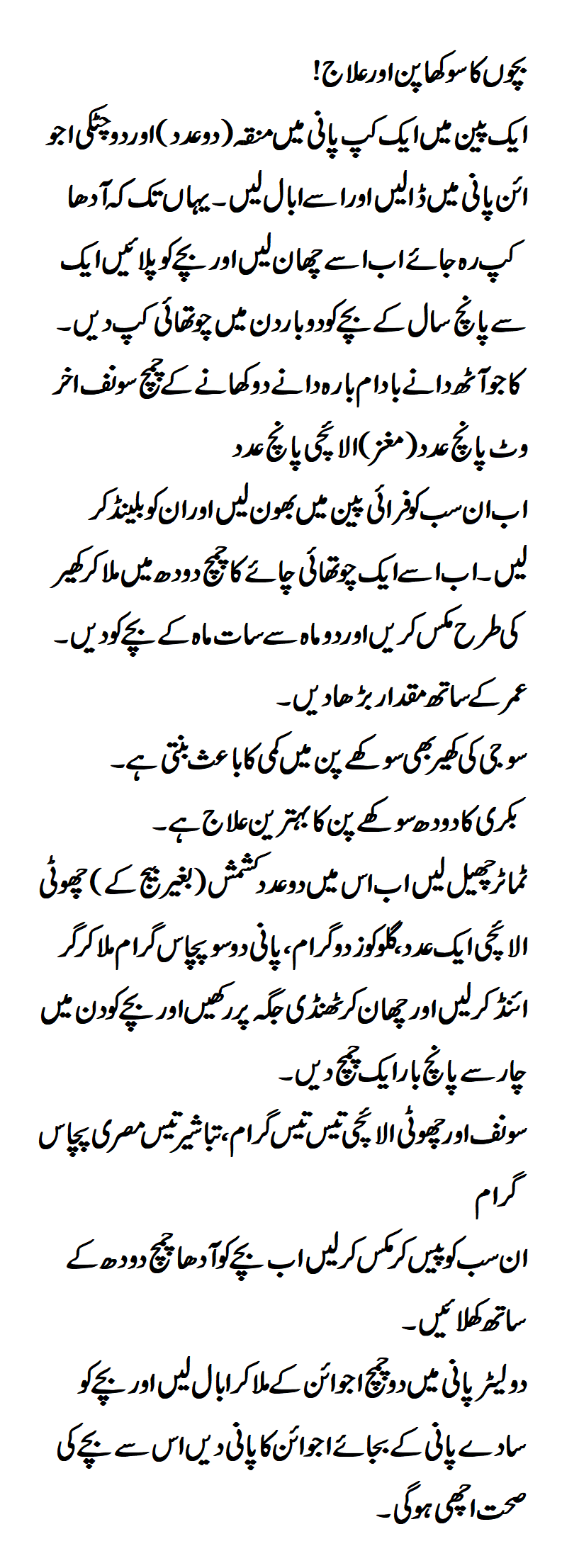Dry skin is very common in children and teenagers, and it has many causes.
Most often, it happens in dry environments – for example, cool, hot or windy weather with low humidity. It can also happen if you’re often in air-conditioned environments or near direct heat from a fireplace or heater.
Bathing too often and using soap or bubble bath products can cause dry skin or make skin worse if it’s already dry. This is because soap removes the skin’s natural oils and makes it harder for your child’s skin to keep moisture in. Bathing in water that’s too hot also dries out the skin.
Using rough clothing or towels or using alcohol-based products can also cause dryness.
Many babies have dry, peeling skin immediately after birth, particularly if they’re born after 40 weeks. This gets better quickly.
Sometimes skin conditions like eczema can cause very dry skin in childhood.
Some medicines can also cause dry skin – for example, isotretinoin for acne.
Very rarely, dry skin can be a sign of an underlying medical condition. This includes type-1 diabetes, type-2 diabetes or problems with the thyroid.
Symptoms of dry skin
Dry skin looks like flaky, dull, rough patches on the skin. If your child has dry skin, they might leave small white flakes of skin on surfaces.
Dry skin isn’t usually very itchy, and it doesn’t usually change colour.
Dry skin can come up anywhere on the body. Children mostly get it on their faces, arms (especially elbows) and legs (especially knees). The lips can also get very dry and cracked.
If your child’s skin is very dry, they might get cracks in their skin. These can be painful. Sometimes they might bleed or get infected.
If the skin gets infected, there might be crusted or oozing yellow or inflamed spots on top of the dry skin. On children with lighter skin, the area might also look red. On children with darker skin, the area might also look brown, purple or grey. Your child might also have a fever.
If dry skin gets itchy or inflamed, it’s likely that eczema has developed in the skin. Eczema usually comes up in patches in the elbow creases, behind the knees or on the face.
